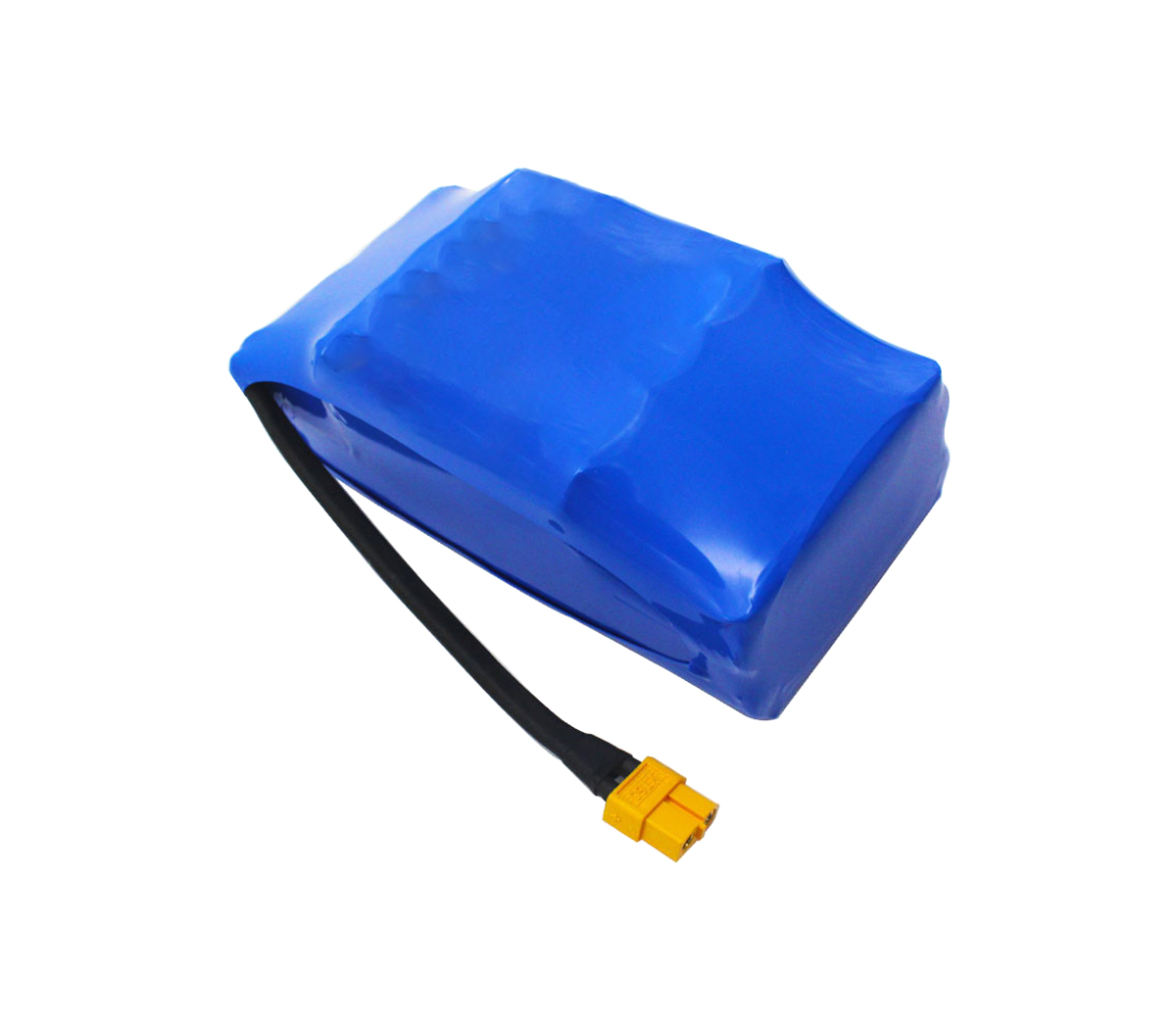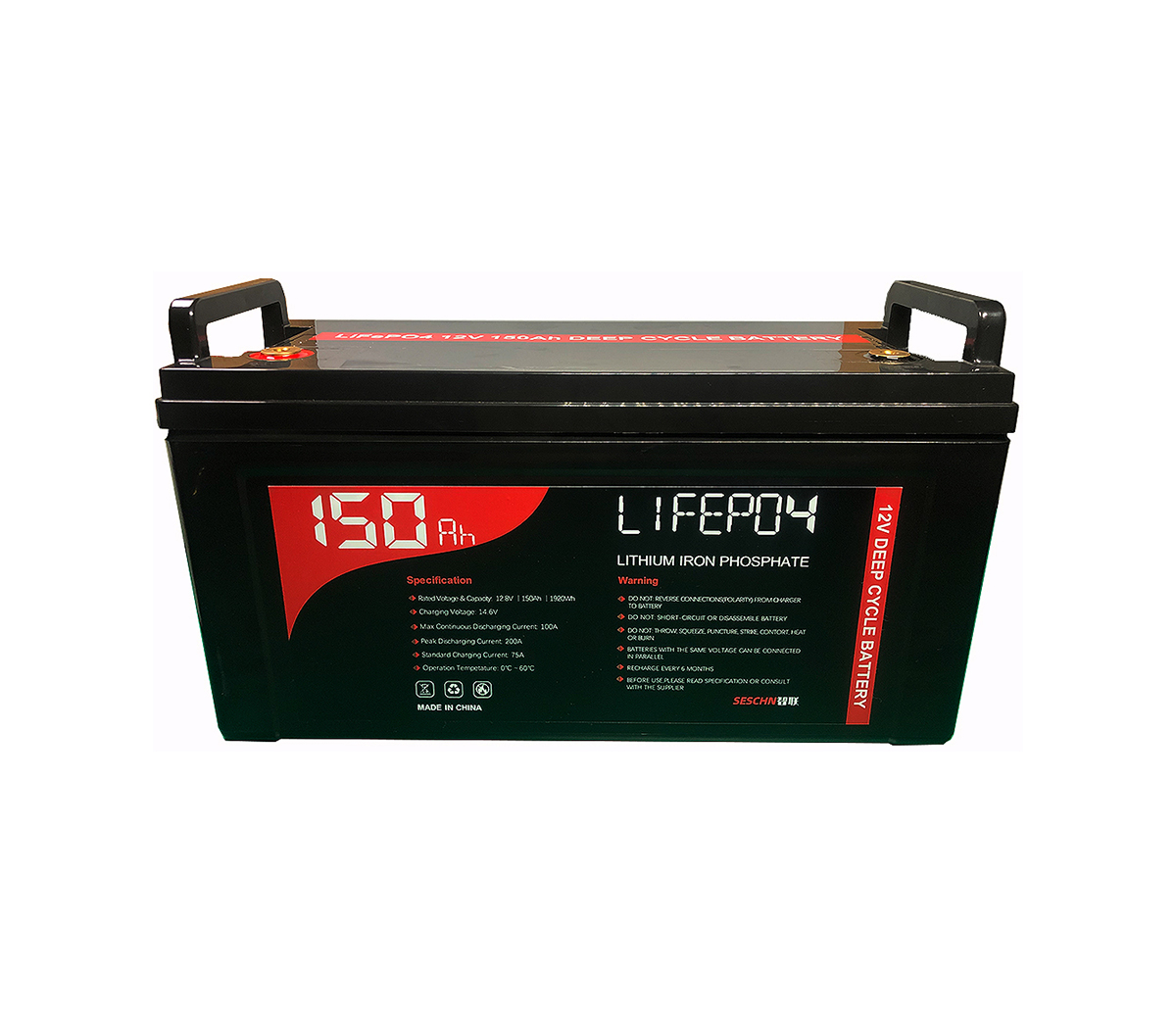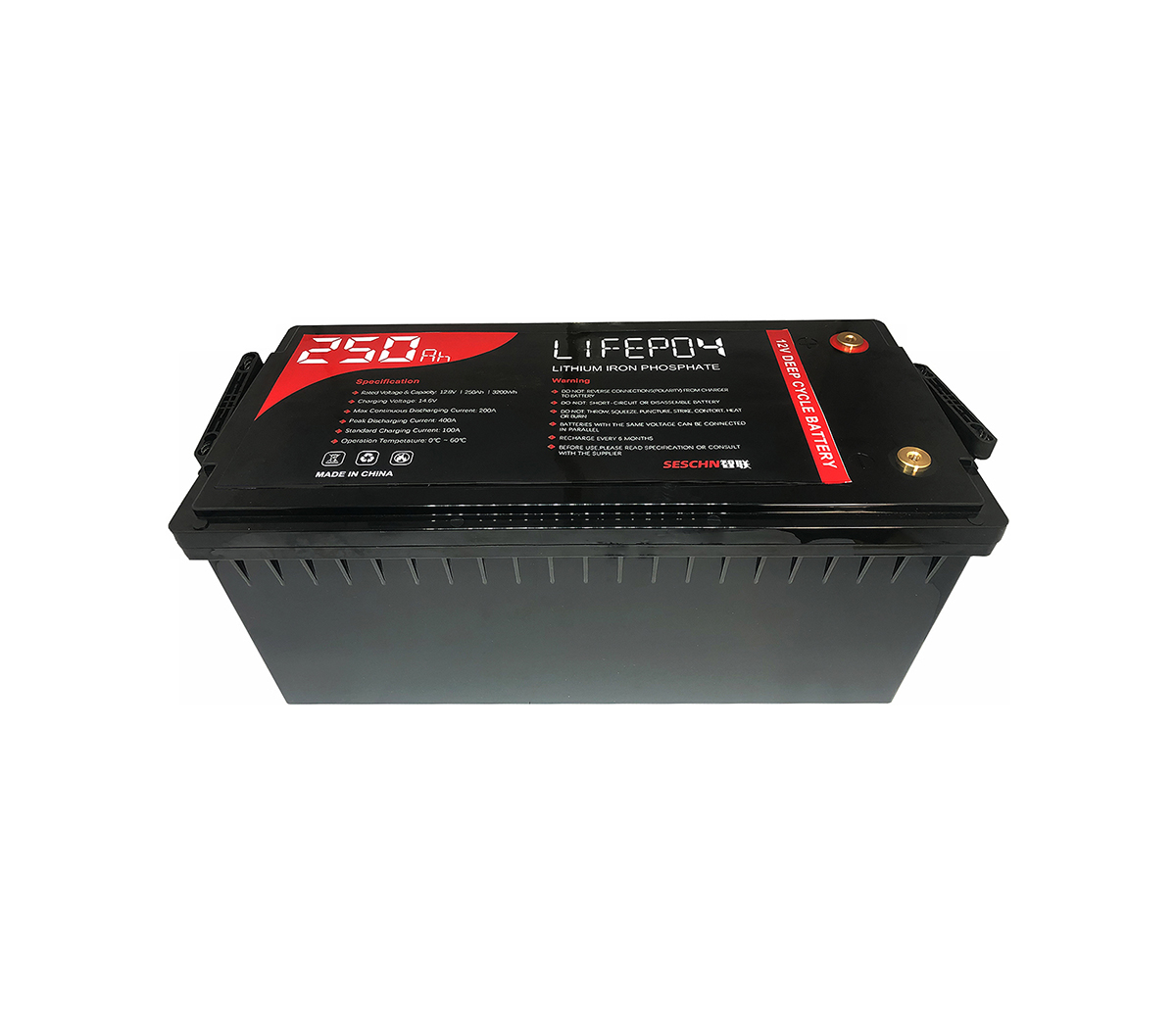
This summer, APRA-E, the Advanced Research Projects Agency of the US
Department of Energy, invested US$36 million to help researchers develop
next-generation battery designs and lay a solid foundation. Including 22
technical projects, without exception, the goal is to make electric vehicles
more efficient and lower cost.
Ni-MH battery: from hybrid vehicles to pure electric vehicles
Michael Fetcenko, a chemical engineer at BASF, is one of many battery
researchers. With funding from APRA-E, he tried to extend the application of
nickel-zinc battery technology originally used in hybrid vehicles to pure
electric vehicles.
Generally speaking, the energy density of NiMH batteries is 1 kWh/kg. To
apply it to pure electric vehicles, BASF must increase the energy density of
nickel-metal hydride batteries to 30-50 kWh/kg. The key to the success of this
application lies in whether the energy density of the nickel-hydrogen battery
can be increased to the required value and the cost can be reduced.
One possible way to achieve this goal is to replace the rare earth elements
needed in the battery. Rare earth elements are a collective term. There are 17
kinds of elements in this group. The reason why they are called rare earth
elements is not because of their low reserves, but because they are mainly found
in mines, and the development process will consume a lot of costs. In
traditional nickel-hydrogen batteries, more than 50% of the energy is generated
by the reaction of rare earth elements. However, the storage performance of this
type of element is poor.
In order to solve this problem, BASF tried to use low-cost metal hydride
alloys. Professor Fetcenko believes that this material can improve the chemical
performance of nickel-metal hydride batteries and reduce their cost. However,
for pure electric vehicles, improving the chemical properties of nickel-hydrogen
batteries is not enough to replace lithium batteries, because lithium batteries
also have a vital feature-light weight, or low density.
Zinc-air battery: from hearing aids to cars
A California company called EnZinc believes that zinc-air batteries will
lead the next generation of electric vehicle battery technology. Michael Burz,
head of the company's related research team, said that the next generation of
electric vehicle batteries should have three elements: high performance, safety,
and low cost. He and his team are trying to change the design
pattern/architecture of the battery to achieve these three points.
He pointed out that the structure of the battery has not changed for more
than 100 years, and people still have not been able to think outside the box.
The so-called battery architecture includes three elements: positive electrode,
negative electrode, and electrolyte. The positive electrode releases electrons,
and the negative electrode receives electrons. The positive electrode and the
negative electrode are separated by the electrolyte, and the electrolyte acts as
a medium for the free flow of ions.
"In lithium-ion batteries, lithium ions move from the lithium oxide
positive electrode to the carbon-based compound negative electrode, and organic
electrolytes are used. The zinc-air battery is different. The positive electrode
uses carbon to absorb oxygen in the air, and the negative electrode is a zinc
alloy. Zinc is also a benign substance, and its by-product in the battery is
zinc oxide, which is the main component of sunscreen.
Through the above method, the zinc-air battery can achieve the three
characteristics of high efficiency, low cost and safety.
In that case, why not popularize the technology now? That is, zinc-air
batteries cannot be charged. This is why it is currently only used in small
devices such as hearing aids. In order to allow the zinc-air battery to be
charged, EnZinc has developed a new solution that puts ordinary oxygen and zinc
metal in an alkaline electrolyte, and generates electricity through the
oxidation reaction of zinc. After recharging, the oxygen and zinc can be used
again. Regeneration, such a reciprocating cycle, improves the energy density of
the battery.



































